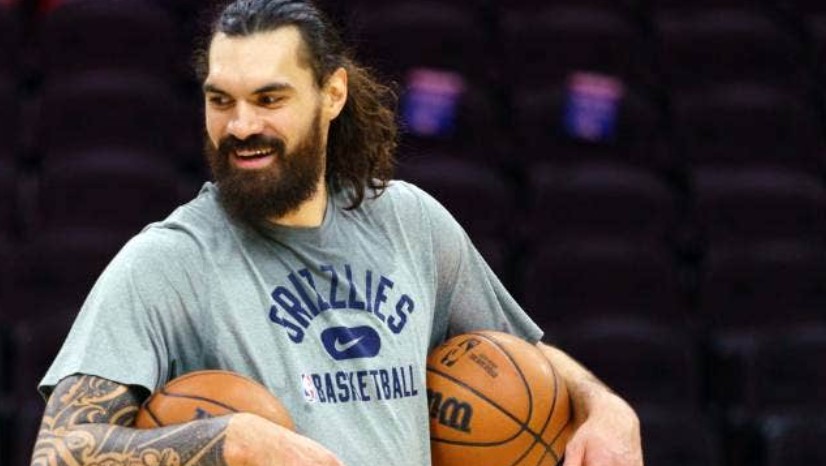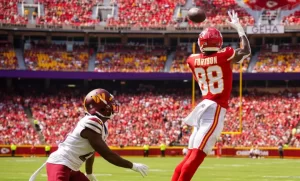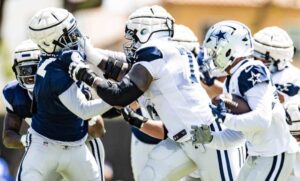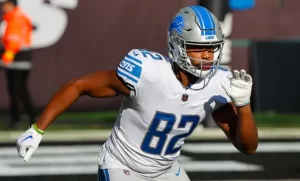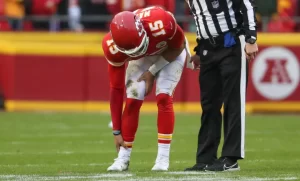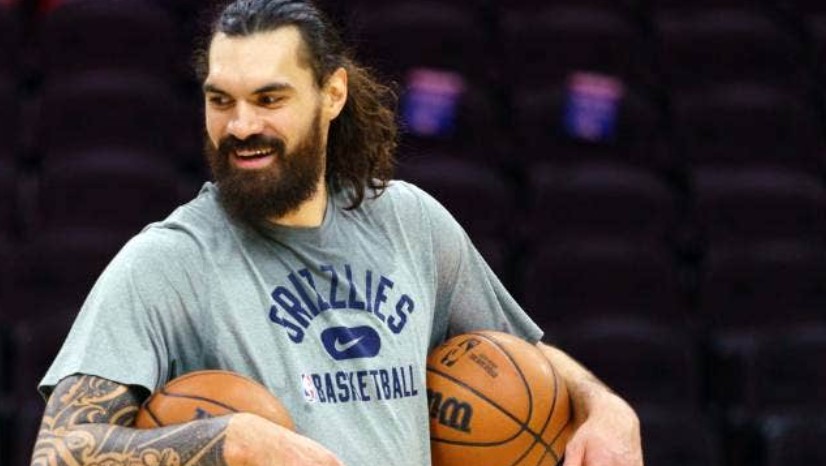
Without Steven Adams, the Memphis Grizzlies have a different appearance. His offensive rebounding and screening abilities may be crucial to a successful playoff run.
NBA supporting players are frequently best appreciated when not present. It can be difficult to notice the fundamental abilities that enable teams to function, the gaps that seem to be filled on their own, until it becomes painfully obvious that something is missing.
Although most NBA fans may not have considered Steven Adams’ right knee sprain that ended the regular season in late January to be a devastating blow, the Grizzlies have felt his absence in ways even they may not have anticipated over the past two months.
When Adams went down on January 22, the Grizz were neck-and-neck with Denver for first place in the West, with the best defense, seventh-best offense and second-best net rating in the NBA. Even after finding its footing recently, Memphis is just 19-15 since then, with a borderline top-10 point differential and below-average offense.
That isn’t entirely due to Adams’ injury — the Grizzlies have dealt with several forms of adversity this season — but losing him has visibly destabilized what was once a rock-solid foundation and revealed just how critical the veteran center is to a potential championship contender.
His 20 percent offensive rebound rate would be the third-highest of all time for a single season, and as a team the Grizz pull in a whopping 37 percent of their own misses with him on the floor — well clear of Houston’s league-leading mark. But Memphis’ dominance on the offensive boards goes beyond Adams’ own rebounding numbers; he creates rebounding opportunities simply from the attention he attracts. In the same way great shooters create space by pulling defenders toward them, Adams’ gravitational pull on the boards often creates opportunities for his teammates to swoop in for second chances:

